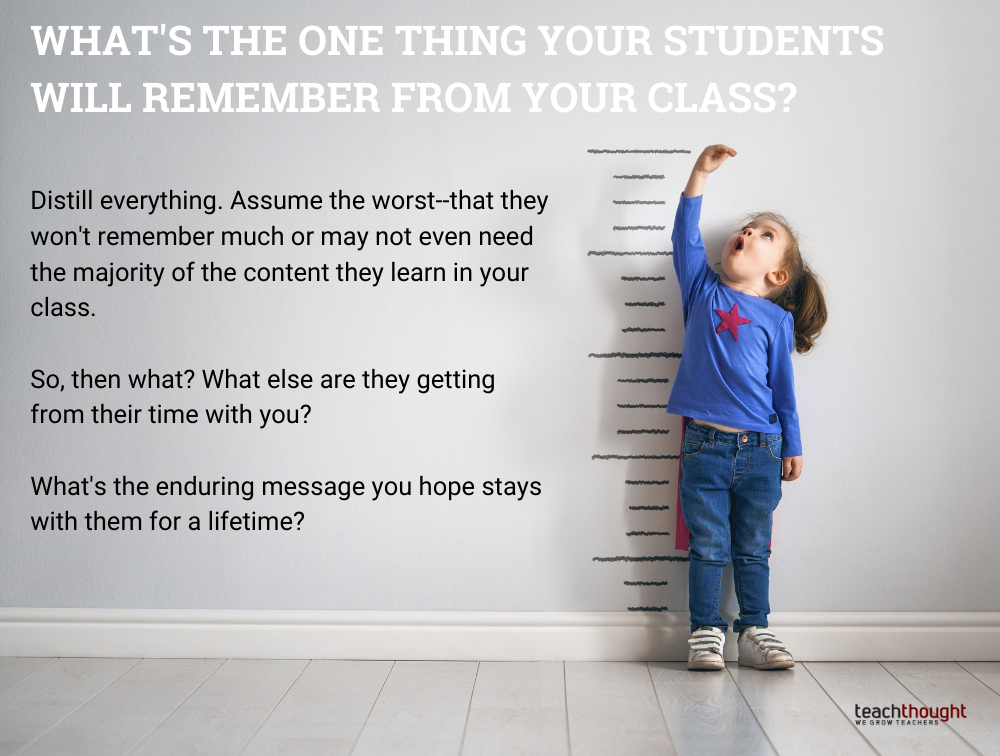contributed by Tasneem Tazkiya
There’s a quiet strength that hums beneath the surface of every school.
You won’t find it listed in curriculum guides or measured on a standardized test. It’s the strength of teachers: the invisible, enduring power that holds classrooms, communities, and futures together. Teachers are often praised for what they do, but rarely for the unseen ways they are.
Their influence reaches far beyond their classroom walls into hearts, homes, and the lives of the students who carry their lessons long after the school year ends. I’ve taught high school science for several years in a public school that serves a beautifully diverse community—students who arrive each morning carrying stories, languages, and dreams that don’t always fit neatly into a curriculum box.
My classroom hums with the energy of ninth graders discovering the structure of atoms, mixing chemicals for the first time, and learning that curiosity can be louder than fear.
Every day begins with a quick warm-up question on the board, something to spark connection:
“What’s one thing in the natural world you wish you could understand better?”
Their answers, from “why lightning zigzags” to “how plants know which way is up,” shape our discussions more than any textbook ever could. I use project-based learning, hands-on inquiry, and visual models to make chemistry real—turning abstract ideas into experiences students can touch and question.
Teaching, to me, is equal parts science and storytelling. It’s about designing lessons that reach beyond formulas, connecting molecular reactions to students’ own resilience and creativity. Whether it’s guiding them through a lab gone wrong or encouraging them to rewrite their own learning narrative, every moment becomes a chance to remind them that mistakes are data, not failures.
Still, no amount of planning or creativity can prepare you for the moments that truly redefine what teaching means
A Moment That Changed My View of Teaching
I’ll never forget a student I’ll call Jalen. He was bright and quick with answers, sharp in debate, but he had built a wall around himself after a difficult year at home. He’d stopped turning in work and began sitting silently in the back of the room, disengaged and defiant.
One afternoon, instead of lecturing him about missing assignments, I asked a different question: “What would make school feel worth showing up for again?”
That simple question opened a door. Over the following weeks, Jalen began sharing ideas for projects connected to his interests, designing sneakers and exploring how geometry applies to shoe patterns. I adapted lessons to let him create, design, and analyze. Slowly, his confidence returned. Months later, he told me, “You made me feel like my ideas mattered.”
That moment reminded me that teaching isn’t just about delivering content; it’s about restoring belief in learning, and in oneself.
Beyond Content Knowledge
Teachers are not just instructors of knowledge; they are builders of courage and curiosity. The lessons students remember most are rarely about formulas or historical dates—they’re about the teacher who made them feel capable, seen, and valued. The invisible strength of teachers lies in their ability to translate empathy into action: noticing the quiet student, rethinking a rigid plan, or extending grace when a child needs it most.
These small acts of connection ripple far beyond the moment. They show students that education isn’t simply a series of answers, it’s a relationship built on trust and humanity.
The Emotional and Moral Labor of Teaching
Every day, teachers shoulder invisible work that few people see. They absorb students’ fears, frustrations, and hopes while maintaining stability and compassion. They teach through personal challenges, through policy shifts, through moments of doubt and still find ways to encourage others.
This kind of endurance is not accidental, it’s emotional labor rooted in care. It’s what transforms classrooms into safe spaces, places where students feel brave enough to ask questions, make mistakes, and grow. Teachers are not just managing behavior, they’re modeling empathy, patience, and moral courage in real time.
The Ripple Effect of the Unseen
Years after Jalen left my class, he sent me an email from college. He was majoring in industrial design and wrote, “You were the first person who told me I could create things that mattered.”
His message was a powerful reminder that the true results of teaching often arrive long after the bell rings. A teacher’s influence is not measured in test scores, but in the quiet persistence, creativity, and compassion their students carry forward into the world.
Teaching is generational work. It shapes who people become as thinkers, neighbors, and leaders. The invisible labor of a teacher today can echo through decades of lives tomorrow.
Why Seeing the Invisible Matters
In an era when education is often reduced to metrics, much of what defines excellent teaching remains unseen. The ability to connect deeply, to inspire curiosity, to meet diverse needs—these are human strengths, not numerical data points. Recognizing this invisible strength is not just an act of appreciation, it’s an act of truth.
To value education fully, we must value the humanity of teachers, their empathy, adaptability, and quiet resilience. Their work is not just instructional, it’s foundational to the well-being and progress of society itself.
A Call to See the Unseen
Every teacher has a story like Jalen’s. Sometimes, the students never come back to say thank you but the impact is there, woven into who they become. The strength of teachers lies not in perfection, but in persistence in choosing, every day, to believe in the possibility of growth and the power of connection.
Teaching may not always feel visible, but it is always vital. Its strength lives in the unseen moments that change everything.
